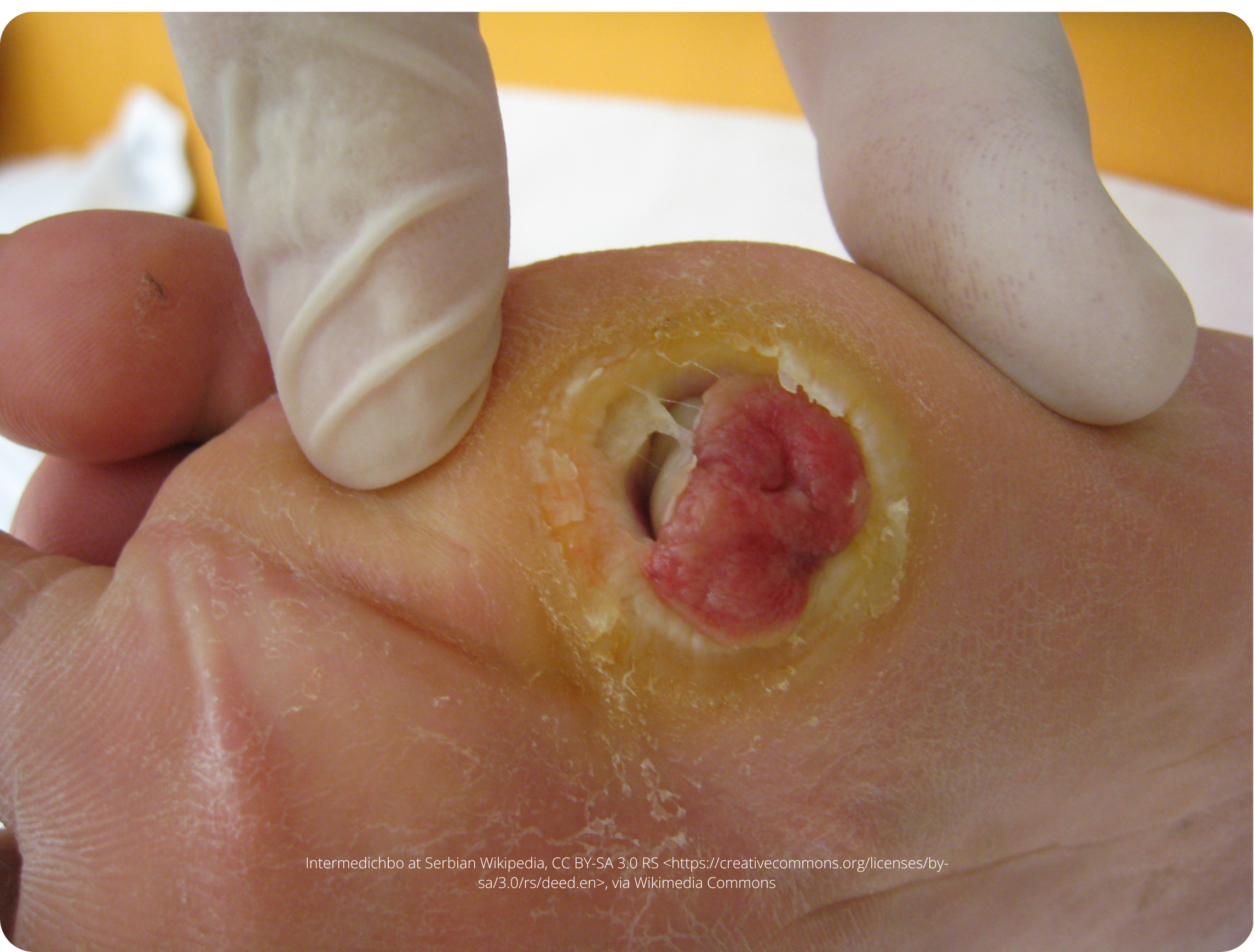
Clinical Scenario
A 97-year-old woman with well-controlled diabetes presents to the clinic with a sloughy wound on her right foot. The wound has been present for 3 months and has been dressed weekly in her nursing home. She is not a candidate for general aneasthesia due to her frailty and age. Her HbA1c is 5, her ankle-brachial index (ABI) is 0.9, and there are no signs of peripheral vascular disease. The wound is sloughy and superficial, with no exposed structures.
Objectives:
- Take a relevant history from a patient with a chronic wound.
- Discuss the clinical examination and necessary adjuncts for a chronic wound.
- Identify non-surgical wound management strategies.
- Select appropriate wound dressings as the wound evolves over time.
Primary Contributor: Dr Waruguru Wanjau, Educational Fellow.
Reviewer: Dr Suzanne Thomson, Educational Fellow.
This is for thePlasticsPro
Join the Club to enjoy unlimited access to all of thePlasticsFella.
Join the Club

